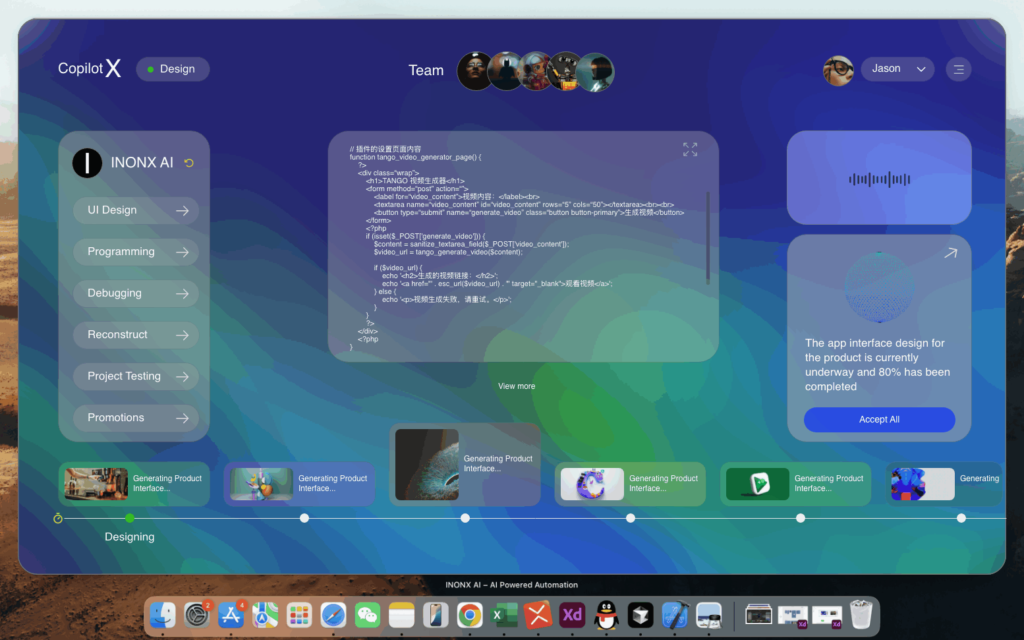. The landscape of technology is evolving rapidly, with artificial intelligence (AI) and operating systems taking center stage. Among the noteworthy advances in this realm are Energy-efficient AIOS—AI-driven operating systems that dramatically reduce energy consumption while enhancing performance. This innovative technology is especially significant for financial institutions grappling with increasing energy expenses and sustainability mandates. This article delves into the trends, applications, and technical insights around Energy-efficient AIOS, particularly their role in the financial sector.
**Understanding Energy-efficient AIOS**
. It is essential to comprehend what Energy-efficient AIOS entails before diving into its applications and benefits. AIOS stands for Artificial Intelligence Operating Systems, which leverage AI algorithms to optimize resource allocation, workflow, and system performance. Energy efficiency, in this context, refers to the ability of an operating system to reduce energy use without compromising performance.
. As global attention increasingly shifts towards sustainability, the demand for energy-efficient technologies has surged. According to a report by the International Energy Agency (IEA), data centers accounted for about 1% of global electricity demand in 2021, a figure that is expected to rise. Thus, implementing Energy-efficient AIOS can lead to substantial savings, both financially and environmentally.
**AIOS for Financial Institutions: Revolutionizing Efficiency**
. Financial institutions are continually seeking ways to streamline operations, improve customer service, and reduce costs. Energy-efficient AIOS is uniquely positioned to assist in this endeavor. By integrating AI with virtualization technologies, these systems can automate and optimize various processes, resulting in lower energy usage and enhanced system performance.
. For instance, financial institutions utilize complex data processing and analytics for real-time insights, risk assessment, and decision-making. Traditional operating systems can be resource-intensive, leading to significant energy consumption. However, the introduction of AI-driven OS virtualization allows financial organizations to run multiple virtual machines on a single physical server, maximizing compute resource efficiency. According to a study by the Global Data Center Energy Efficiency Partnership, virtualizing servers can lead to up to 80% improvements in energy efficiency.
**Trends and Innovations in AIOS**
. The trends surrounding Energy-efficient AIOS reveal a marriage of AI technologies with eco-friendly practices. One notable trend is the growing focus on machine learning algorithms that predict and adjust resource usage based on real-time demand. This capability ensures that systems operate only at required capacity, thereby conserving energy.
. Another emerging trend is the integration of edge computing within AIOS. This allows financial institutions to process data closer to its source, minimizing the need to transmit data across long distances and optimizing bandwidth. The energy conserved through localized processing can lead to robust savings, especially for institutions with extensive branch networks.
. Moreover, cloud technology is also being incorporated into Energy-efficient AIOS. Financial organizations are adopting hybrid cloud environments to optimize their workloads. As noted by Forbes, more than 80% of financial institutions are expected to embrace hybrid cloud solutions by 2025, demonstrating the trajectory towards smarter, more energy-conscious operations.
**Industry Applications of Energy-efficient AIOS**
. The applications of Energy-efficient AIOS in financial institutions are manifold. One primary area is high-frequency trading (HFT). This sector requires ultra-low latency in order to execute transactions in microseconds. An energy-efficient AIOS can help minimize processing time and energy consumption, which translates to lower operational costs and enhanced competitiveness.
. Additionally, fraud detection is another area where Energy-efficient AIOS can make a significant impact. Leveraging AI algorithms, these systems can analyze vast datasets in real-time to identify suspicious patterns or anomalies, thus improving security while consuming less energy. Financial institutions experienced a notable uptick in fraud attempts in recent years, and utilizing data-driven, energy-efficient systems can help counter these threats.
. Another application is in risk management and compliance. Financial institutions are obligated to comply with complex regulations, a process that can drain resources. Energy-efficient AIOS can automate data collection and reporting processes, helping organizations comply with regulatory requirements while reducing energy consumption. By employing smart algorithms, organizations can adjust their compliance strategies based on real-time data analysis, further enhancing efficiency.
**Technical Insights: AI-Driven OS Virtualization**
. Delving deeper into AI-driven OS virtualization, we observe that this technology combines traditional virtualization techniques with advanced AI capabilities. Such systems can analyze workloads and dynamically allocate resources based on a predictive model, ensuring optimal performance and energy efficiency.
. The core technology enables organizations to deploy numerous virtual machines on a few physical servers while maintaining system robustness and responsiveness. These efficiencies are particularly pivotal in financial applications that demand constant uptime and predictable performance.
. Additionally, AI-driven OS virtualization allows for intelligent load balancing, which optimizes resource distribution across servers. This means that during periods of low demand, the system can scale down operations, reducing energy consumption. As a result, organizations can achieve enhanced sustainability without sacrificing performance.
**Conclusion: The Path Ahead**
. The future of Energy-efficient AIOS in financial institutions is promising. As sustainability becomes a critical goal for organizations worldwide, the adoption of environment-friendly technologies will be crucial. Energy-efficient AIOS represents a unique synergy between performance, cost, and ecological responsibility.
. Moreover, the technical advancements in AI-driven OS virtualization provide a pathway towards more sustainable operations in financial sectors, paving the way for a more energy-efficient future. As financial institutions continue to embrace these innovative technologies, they stand to gain a competitive edge while playing a crucial role in the global movement towards energy conservation.
. In conclusion, Energy-efficient AIOS is not just a technological advancement; it represents a pivotal shift in how financial institutions manage resources and engage with their operational ecosystems. By adopting such solutions, these institutions can ensure a sustainable future while achieving their business goals.
**Sources:**
1. International Energy Agency (IEA). (2021). Data Center Energy Efficiency.
2. Global Data Center Energy Efficiency Partnership.
3. Forbes. (2023). Financial Services Industry Trends.
. This exploration of Energy-efficient AIOS illustrates not only the technology’s current relevance but also its promising trajectory for the future of financial institutions and the environment alike.


























